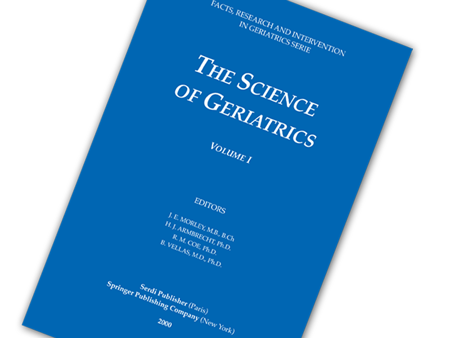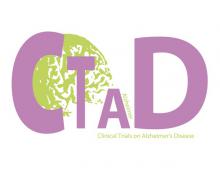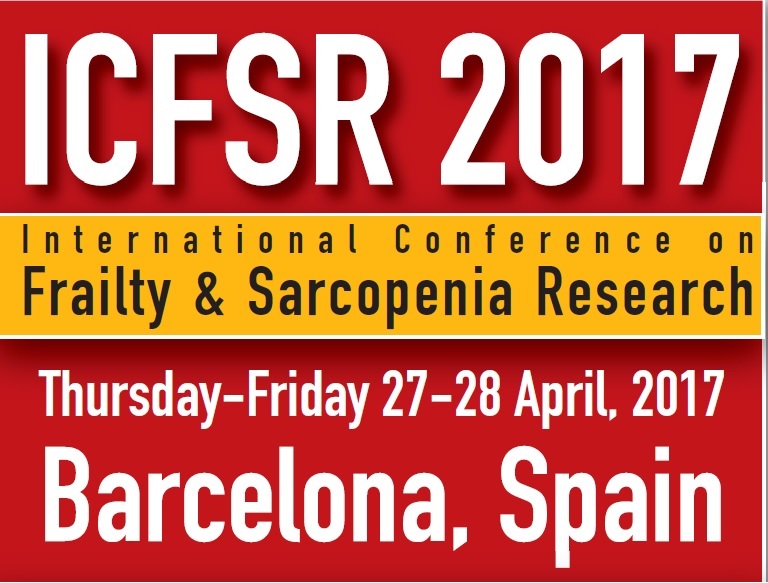A student-led team of researchers at Washington University School of Medicine (WUSM) in St. Louis, Missouri, has developed an online app designed to streamline the process of Alzheimer’s disease diagnosis. It provides physicians with more information about patients before they are evaluated in person, enabling physicians to assess and assist patients more quickly.
“This app is not meant to replace the visit with the physician,” WUSM MD/PhD student Robert Chen explained in a press release. “It is meant to help physicians have more information about the patient before they are evaluated in person. With additional reliable and clinically relevant information in the hands of physicians beforehand, the hope is that physicians can make a diagnosis more quickly and confidently, and spend the extra time building a treatment plan and answering questions from patients and caregivers in the face of a devastating diagnosis,” he said.
The WUSM Memento team’s Alzheimer’s diagnostic app represents a collaboration between students at the Schools of Medicine, Arts & Sciences, and Engineering & Applied Science. The app presents 60 to 100 questions to be answered on an iPad by a patient’s caregiver before the patient’s initial interview with a dementia specialist.
The app generates a report based on the completed questionnaire, organizing it into categories consistent with the WUSM-developed Clinical Dementia Rating Scale (CDR) — the most commonly used dementia diagnosis tool. The CDR categorizes the patient’s symptoms under six domains: Memory, orientation, judgment and problem-solving, community affairs, home and hobbies, and personal care, providing a score for each.
A six-month trial of the app is underway at the WUSM’s Memory Diagnostic Center. After the caregiver of a new patient arriving for a dementia evaluation completes the app’s questionnaire a doctor will examine the patient in person and make a diagnosis as usual. Meanwhile, without seeing the patient, another of the clinic’s doctors will review the app’s report and make a diagnosis as well. Using feedback provided by the physicians, the student developers will apply machine-learning techniques to identify which questions provided helpful information that contributed to the app providing an accurate diagnosis. The doctors also will provide data on how long it takes them to read and digest the report so the students can estimate how much time the app saves.



